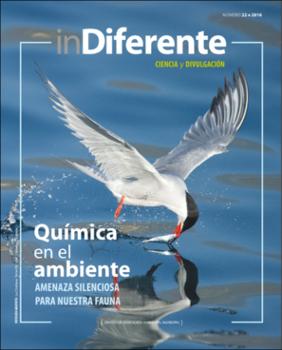Los bosques del pasado en las Islas Canarias: un viaje de 10.000 años
Date
2016Abstract
The Canary Islands provide an exceptional scenario to study vegetation
changes through time, since they are diverse in geographical,
geological, biological and historical aspects. Surprisingly, little
attention has been paid to this region to date. Suitable sites for fossil
preservation have been found in three islands of the Canary Islands:
Tenerife, La Gomera and Gran Canaria, and sedimentary
sequences, spanning part of the Holocene, were recently studied
by means of fossil pollen and charcoal analyses to reconstruct vegetation
and fire history. Results obtained so far show that Canarian
vegetation has been subject to changes in the past, mostly
driven by climate dynamics and human activities. La Gomera sequence
was the oldest, allowing to track shifts in forest composition
related to past climate change. In contrast, Tenerife and Gran
Canaria underwent the most significant changes in vegetation
after human settlement, involving the increase of fires, the decline
and disappearance of species, the opening of the forest, the spread
of grasses and shrubs, and the introduction of cultivated plants.
Similar patterns of vegetation change have been found on islands
worldwide, where palaeoecological information is increasingly
showing its potential in conservation ecology and management.






